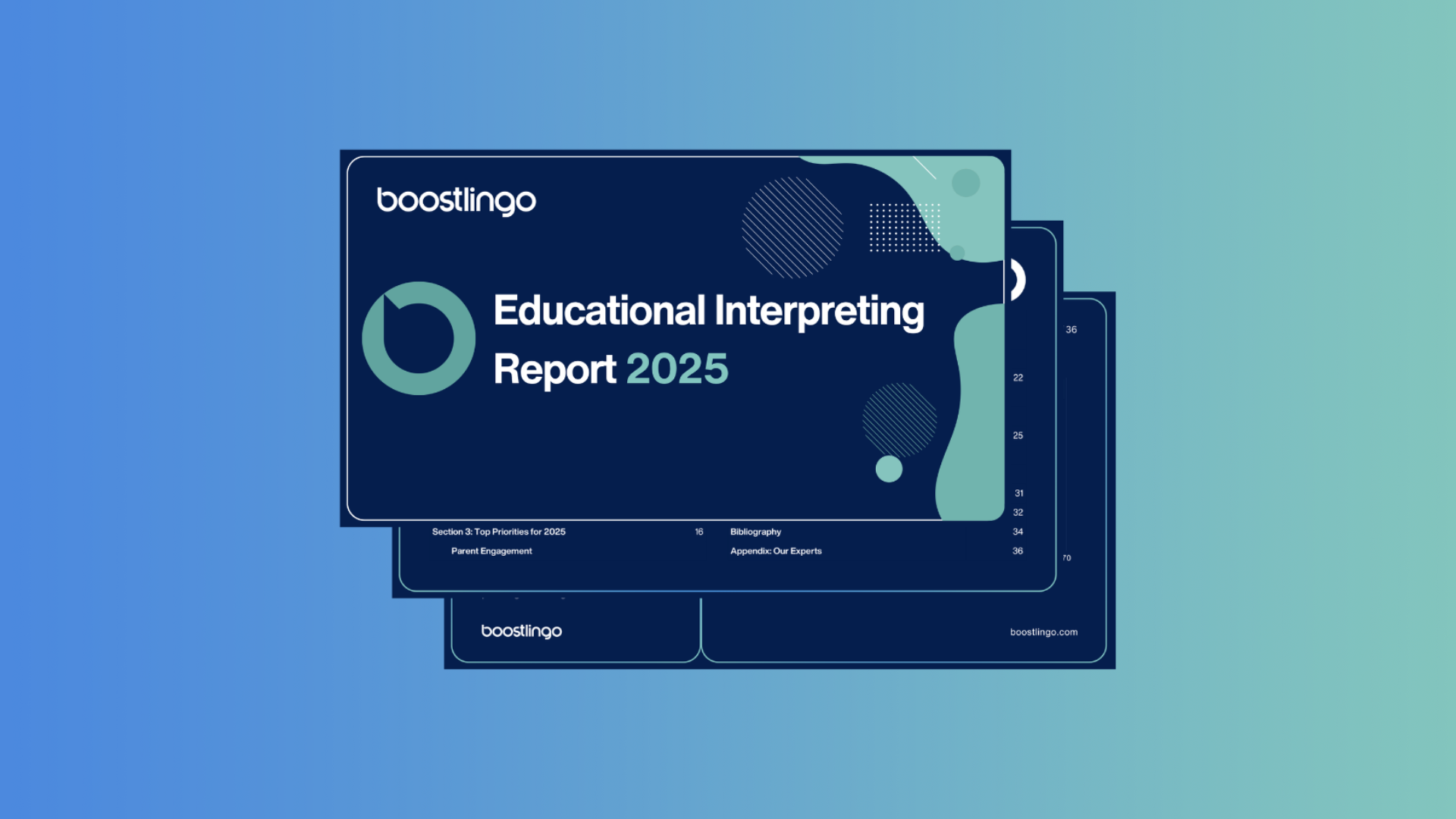A rise in non-English speaking communities has led to a shortage of court interpreters in California. What can the shortage teach us about the industry at large?
Court interpreters play a vital role in the U.S. legal system. They enable both victims and defendants to properly state their cases before a judge and/or jury of their peers. Currently, these vital members of our justice system are in short supply where they’re needed most. Case in point, California, the nation’s most populous state, is struggling to meet the demand for Spanish and indigenous language interpreters.
Fortunately, advances in remote court interpreting make it easier than ever to connect with an interpreter—regardless of where the court case is taking place in the state.
Before we dive into the benefits of remote court interpretation, let’s look at what’s happening in California.
Monterey County, California: A Case Study in the Court Interpreter Crisis
Although the court interpreter shortage remains a state-wide problem, the California crisis is most acute in Monterey County. The county is home to a large number of farm workers who only speak Spanish and/or an indigenous language such as Mixteco. The relative scarcity of Mixteco as a spoken language in the United States poses difficulty for court interpretation. In some instances, a proper interpretation can take two professional court interpreters to do the job: one to interpret between Spanish and Mixteco, and another to interpret between Spanish and English.
As of December 2021, the Monterey County court system employs only nine full-time interpreters and two-part time interpreters. Although the County started hiring contractors to fill court interpretation needs, officials are still struggling to meet the demand. The struggle is due, in part, to an overall difficulty attracting new interpreters to the profession. Court interpreter certification is a time-intensive process with a relatively low salary. Especially in areas with higher costs of living, filling vacant roles will continue to be a struggle into 2022.
How Remote Court Interpreting Can Help Solve the Court Interpreter Shortage
While a streamlined path to certification and wages on par with court interpreter education will ease the crisis in the long term, remote court interpreting can help solve the court interpreter shortage right now. Unlike their onsite counterparts, remote court interpreters can accept assignments anywhere in their state on short notice. This flexibility not only improves access to interpretation services but can speed up court hearings. When a remote interpreter is brought onto a case, there’s no delay like those required to accommodate an onsite interpreter’s travel time.
During the height of the COVID-19 pandemic, courtrooms around the U.S. began switching to virtual hearings for certain types of cases. The virtual model turned out to be faster and more efficient than onsite hearings, which promoted many courtrooms to continue online hearings when possible. During these remote hearings, court interpreters proved they could work seamlessly alongside judges, lawyers, and the other parties involved in a virtual environment.
Do You Need to Hire an In-state Court Interpreter?
In theory, remote interpreting makes it possible to hire an interpreter anywhere in the country (or the world). However, most legal interpreter certification is issued at the state level. State court interpreters typically need to pass a written and an oral exam in English and a foreign language. The exam includes questions about each state’s laws and unique justice system. These intricacies vary from state to state, which makes hiring an in-state court interpreter favorable.
Many states also recognize certification through the Consortium for Language Access in Courts and the National Association of Judiciary Interpreters and Translators. Before you hire a remote court interpreter, check your state’s requirements.
What’s next for court interpreting at large?
Boostlingo’s platform allows language service providers to offer over the phone (OPI) and video remote interpreting (VRI), which could potentially fill a need. As the majority of court interpreter needs are prescheduled appointments for standing cases, most county and other court systems rely on standing contracts with language service providers. Some larger court interpretation systems are switching over to self-management through an interpretation platform like Boostlingo to handle the virtual volume for their own interpreters.
Check with your local court system to see how they are handling the switch to virtual interpreting.
Have you experienced shortages in your area that are making the news? Tell us about it in the comments!



